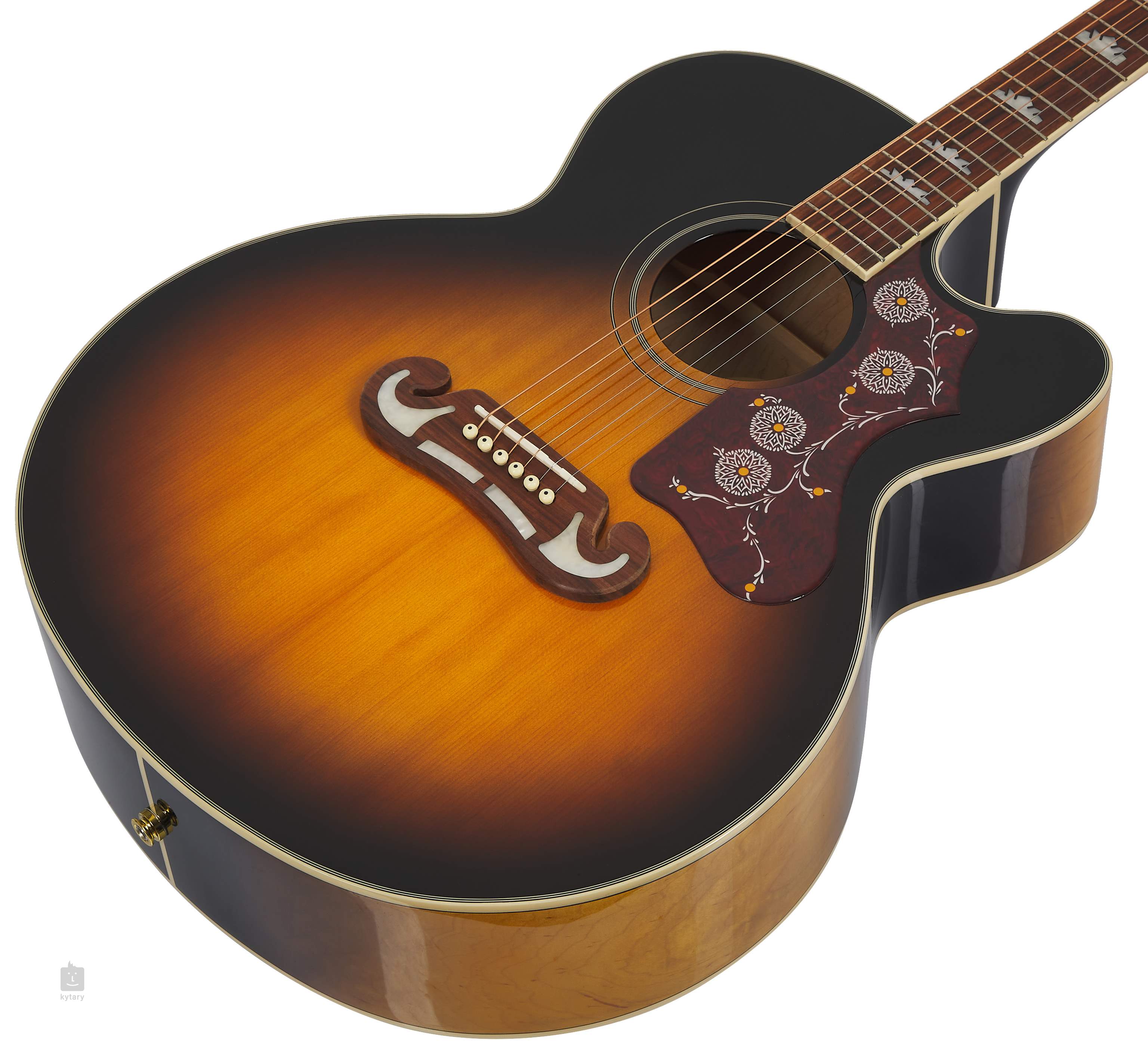

But the improvement in craftsmanship we’ve seen in affordable 6-strings is popping up in inexpensive 12-strings too, which adds up to some enticing options if you want an affordable 12 of your own.

Companies like Gibson, Guild, Harmony, and Martin scrambled to introduce 12-string models to meet the sudden demand.Ī 12-string isn’t the easiest guitar to play-especially when the action is less than perfect-and traditional 12-string thinking dictates that, when it comes to playability, you get what you pay for. The most famous early 12-string player was blues singer Lead Belly, and when he was “rediscovered” during the mid-century folk boom it propelled new interest in the instrument’s sonic potential. Most other companies didn’t really pick up on the concept until much later, however. Its exact origins are not completely clear, though Oscar Schmidt 12-strings made in the 1910s are generally considered the first commercially available acoustic 12s. In the long history of the acoustic guitar, 12-strings are a relatively recent phenomenon. Whether providing jangling accompaniment for a rock ballad, sparkling orchestration for a singer-songwriter, gritty riffs for acoustic blues, or ringing counterpoint for virtuoso fingerpickers, a 12-string has a way of making music come alive.

While few guitarists make the acoustic 12-string their primary axe, the instrument has left its unmistakable-often beautiful-sonic imprint on innumerable songs in just about every musical style.


 0 kommentar(er)
0 kommentar(er)
